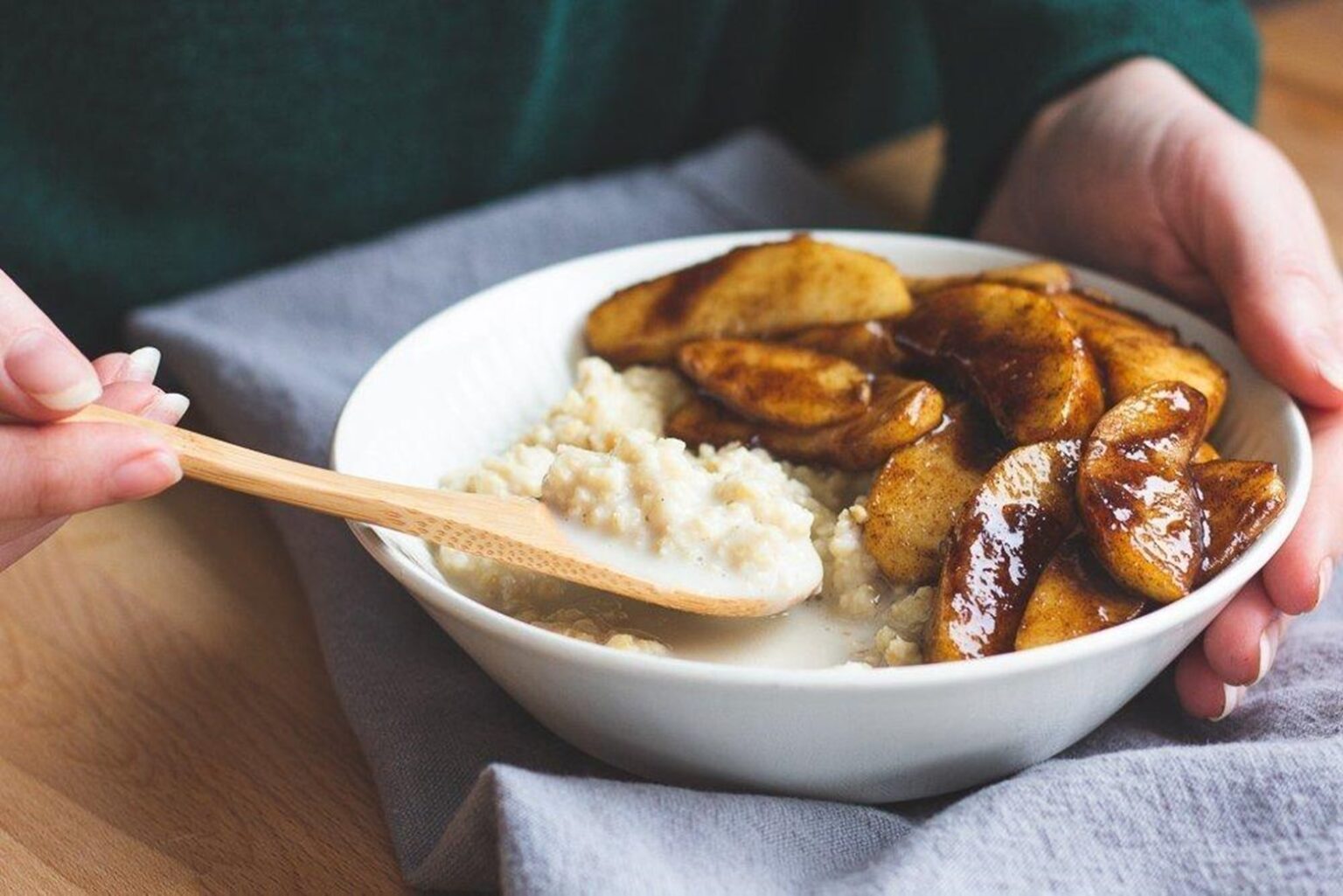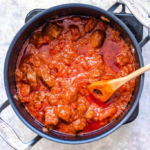In the heartland of West Africa, specifically Mali, there is a traditional dish that has been nourishing communities for centuries: Tiga Dégué. This fermented millet porridge is a staple in Malian cuisine and showcases the rich flavors and cultural heritage of the region. With its unique preparation and health benefits, Tiga Dégué holds a special place in the culinary traditions of Mali.
The Essence of Tiga Dégué
Tiga Dégué, also known as “Bili Bili” in some regions, is more than just a breakfast dish—it is a symbol of community, tradition, and a connection to the land. It is often enjoyed as a hearty and nutritious breakfast to start the day with energy and vitality. Tiga Dégué is deeply ingrained in Malian culture, bringing families together and serving as a reminder of the country’s agricultural roots.
Ingredients and Flavor Profile
At the heart of Tiga Dégué is millet, a small, gluten-free grain that has been cultivated in West Africa for thousands of years. Millet is highly nutritious, packed with essential minerals, vitamins, and dietary fiber. In the process of making Tiga Dégué, the millet undergoes a fermentation process that enhances its nutritional value and imparts a unique flavor.
To make Tiga Dégué, millet is soaked in water for a period of time, allowing it to ferment naturally. This fermentation process results in the development of beneficial bacteria and enzymes that contribute to the porridge’s distinct tangy flavor and improved digestibility.
The porridge is often sweetened with honey, sugar, or natural fruit juices to enhance the taste and add a touch of sweetness. Additional flavorings such as spices, like cinnamon or nutmeg, or aromatic ingredients like vanilla or orange zest, may also be incorporated to elevate the flavor profile of Tiga Dégué.
Preparation and Cooking Technique
The process of preparing Tiga Dégué involves several steps to achieve the desired texture and flavor. The millet is soaked in water for a period of time, usually overnight, to initiate the fermentation process. This step allows the beneficial bacteria and enzymes to break down the complex carbohydrates in the millet, making it easier to digest and increasing its nutrient availability.
After the fermentation period, the millet is rinsed and ground into a fine paste. This paste is then mixed with water to achieve a creamy consistency, similar to that of porridge. The mixture is heated gently over low heat, stirring constantly to prevent lumps from forming and to ensure even cooking.
Once the porridge reaches the desired consistency, it is sweetened and flavored to taste. The addition of honey, sugar, or fruit juices adds a delightful sweetness that balances the tangy notes from fermentation. The porridge is then served warm and enjoyed as a nourishing breakfast or a satisfying snack.
Serving and Enjoying Tiga Dégué
Tiga Dégué is typically served in a communal bowl or individual bowls, and it is often enjoyed with family and friends. It can be garnished with fruits, nuts, or seeds for added texture and nutritional value. Tiga Dégué can be enjoyed on its own or accompanied by traditional Malian side dishes, such as bread, fried plantains, or yogurt.
Tiga Dégué is more than just a fermented millet porridge—it is a testament to the cultural heritage, sustainable agriculture, and traditional culinary practices of Mali. This nourishing dish showcases the versatility of millet and the benefits of fermentation, resulting in a flavorful and nutritious porridge that has been enjoyed for generations.
Whether you have the opportunity to taste Tiga Dégué in Mali or explore the process of making it in your own kitchen, allow yourself to experience the unique flavors and embrace the cultural significance of this traditional Malian dish. Let the tangy notes and creamy texture of Tiga Dégué transport you to the heart of West Africa, celebrating the rich culinary traditions that have sustained communities for centuries.








